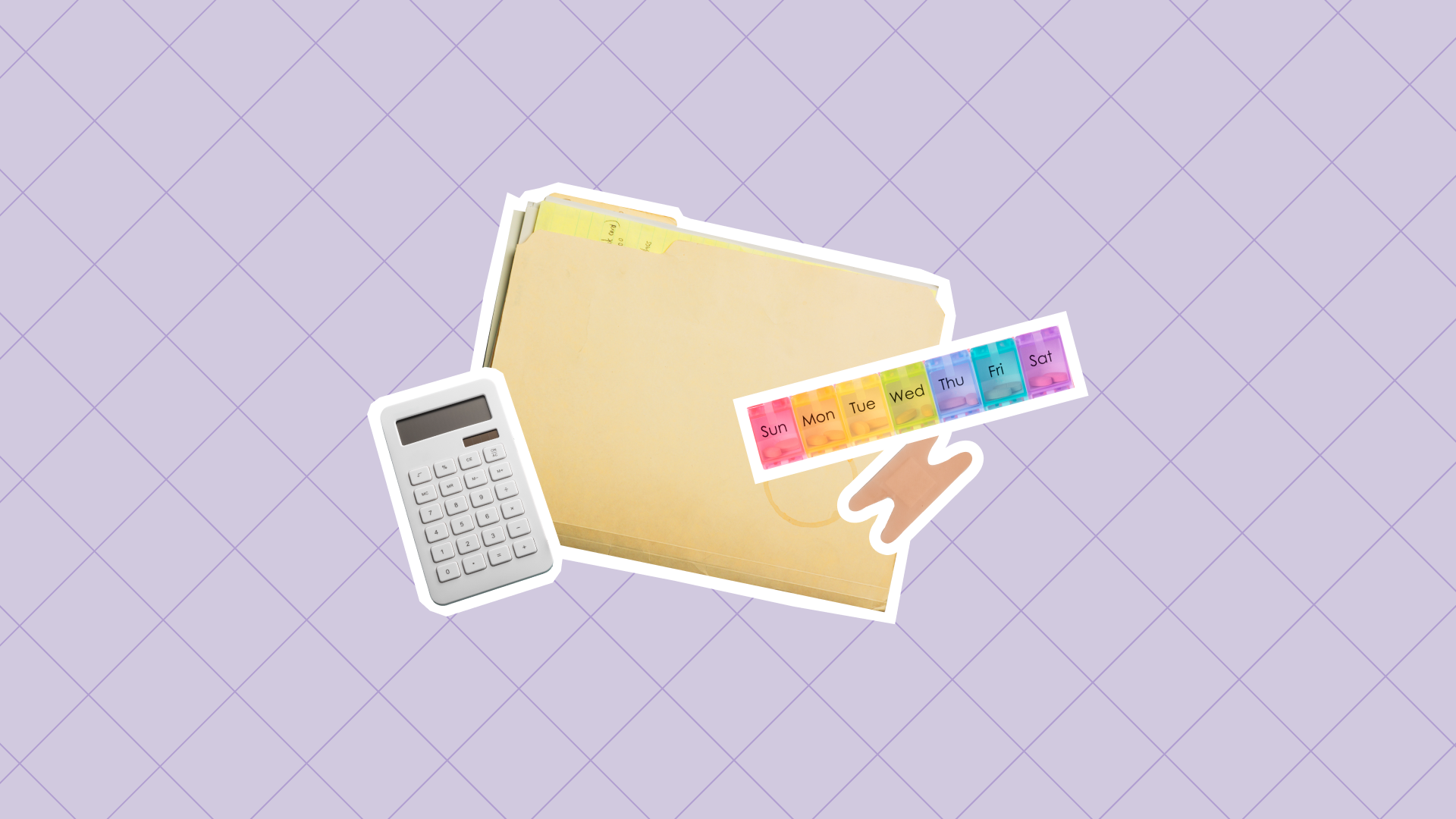1. Misconceptions about Disabilities
2. Relying too much on SSDI
3. Coverage isn't offered through their employer
4. Insurance Overload
5. Working from Home
Final Thoughts
An alarming amount of people don’t have disability insurance. At least, that’s what a study from the American Council of Life Insurers (ALCI) found back in 2017, in which over 51 million working adults reported not having any coverage. This is concerning given the reality that the modern workforce faces today.
The Social Security Administration (SSA) estimates that one in four of today’s 20-year-olds will experience a disabling event lasting one year or longer before reaching retirement age. Yet at the same time, a 2020 study by GOBankingRates found that 48% of Americans do not have enough emergency savings to last them longer than three weeks.
So, why is it that in the face of such telling statistics, so many people decline to get disability insurance coverage despite the financial impact of losing their income due to a serious injury or illness? Here are five reasons people overlook disability insurance (but probably shouldn’t).
1. Misconceptions about Disabilities
One reason people overlook the need for disability insurance is that there’s a fundamental misunderstanding of what constitutes a disabling event.
For many, the word “disability” reminds them of freak accidents. This makes it easier for healthy, employed individuals to think it can’t happen to them. Although being confined to a wheelchair as the result of a car crash or falling off a ladder can certainly happen to anyone, accidents are not among the leading causes of disabilities. According to the Council for Disability Awareness, the most common reasons for long-term disability claims actually include musculoskeletal disorders, cancer, pregnancy, and mental health issues, such as depression and anxiety.
This understanding — that disability insurance is far more likely to be needed for more common conditions or those that develop gradually over time than it is for sudden accidents — better illustrates the true value of purchasing coverage, specifically long term disability insurance. After all, most people have probably had a family member, friend, or coworker who has experienced one of these conditions and seen the impact it had on them firsthand. That’s why it helps to think of disability insurance as income protection, since it provides financial security for your greatest asset — the ability to work and earn a living.
Related Article: What is Disability Insurance, and Should You Offer it to Employees?
2. Relying too much on SSDI
Qualifying for and receiving benefits from Social Security Disability Insurance (SSDI) is far from a given. According to the Social Security Administration (SSA), just under 36% of applicants for SSDI were approved in 2019.
The most common reasons for long-term disability claims actually include musculoskeletal disorders, cancer, pregnancy, and mental health issues.
But if you truly are unable to work and earn a living due to a disabling event, why is it so difficult to qualify? One of the primary reasons is the SSA’s strict definition of disability: “the inability to engage in any substantial activity by reason of any medically determinable physical or mental impairment(s) which can be expected to result in death or which has lasted or can be expected to last for a continuous period of not less than 12 months.”
This is a stumbling block for many. Take a real estate agent that shows and sells residential properties. She becomes disabled and is confined to her home and out of work for six months. She would have a difficult time qualifying for SSDI payments due to the “any substantial activity” piece of the definition. Since her job occupation is a sales position, she could be deemed fit to do telesales in another industry from home, even though she has no background in that profession.
3. Coverage isn't offered through their employer
The Life Insurance Market Research Association (LIMRA) has found that only 41% of employers offer long term disability insurance coverage, though this percentage is generally much higher for larger companies.
According to the Small Business Administration, 99% of all businesses in the U.S. are considered “small businesses,” generally defined as companies employing fewer than 20 employees, with 48% of Americans working for these companies. Small businesses are generally less likely to have the capital available to provide long term disability coverage for their employees. If your employer does provide access to this benefit, it can be valuable to take advantage of this offering.
Related Article: Why Disability Insurance Matters for Your Company
It is also worthwhile to consider owning an individual disability insurance policy, whether you have coverage through your employer or not. An individual policy can be personalized to better reflect your true income. It’s also portable, meaning it will stick with you if you switch employers, unlike your group coverage through an employer.
4. Insurance Overload
Most working adults pay a substantial part of their income on insurance premiums for life, health, homeowners, and auto coverage. A 2016 study by the Commonwealth Fund found the average American family spending over 10% of their income on health insurance premiums, up from 6.5% ten years earlier. Based on the rising costs of healthcare each year, this figure is undoubtedly higher in 2020.
One of the key types of critical coverage that many individuals are lacking is the income protection provided by disability insurance. Homeowners must have coverage on their home to qualify for a mortgage, and almost all drivers have car insurance. Yet many Americans don’t protect their future income potential due a variety of misconceptions, along with the insurance overload they experience by trying to keep up with other common types of coverage.
5. Working from Home
The shift to remote work options was already well under way when the COVID-19 pandemic arrived. Now, it’s been accelerated.
According to a report by Zapier, over half of American workers transitioned to working from home due to the pandemic during March and April. In doing so, they joined the legion of self-employed workers that were already earning their living from a home office. For some, it’s only temporary. For others, it may be permanent.
One of the key types of critical coverage that many individuals are lacking is the income protection provided by disability insurance.
Either way, it may provide a false sense of security to those who now believe they are better insulated from disabling events. Today, this may include a severe case of COVID-19 and any additional health complications it may cause that could keep you out of work for an extended period of time.
Final Thoughts
From misconceptions about disabilities, SSDI, and employer-provided benefits, to insurance overload and working from home, there are a number reasons why people overlook protecting their income. But as you can see, none of these five reasons negate the need for individuals to have disability insurance.
Whether it is available through their employer or not, individuals will do well to explore getting coverage on their own. Perhaps now more than ever, it’s important to protect your source of income and all that it provides.
About the Author
Colin Nabity is the CEO & Co-Founder of Breeze, a digital-first insurance company that offers simple, affordable disability insurance for working Americans.
Check out our newsletter
Monthly tips on running a business in your inbox.
Check out our newsletter

Learn more with Justworks’ Resources
Scale your business and build your team — no matter which way it grows. Access the tools, perks, and resources to help you stay compliant and grow in all 50 states.







